Best Selling Cars Around The Globe: Coast to Coast 2014 – New York City
You may remember my Trans-Siberian Railway series that took us from St Petersburg through to Mongolia. This time we are crossing the United States of America from the East to the West coast, departing in New York and arriving in Los Angeles. Last month the US new light vehicle market rebounded back to levels not seen since January 2006, so what better timing than now to explore it in detail, observing specificities in the automotive landscape as we go through various cities, States and regions.
Full report below the jump…
What will I drive during this trip? I wanted a quintessentially American vehicle that also made sense under a sales performance angle – let’s not forget my specialty is sales statistics – and the folks at Chrysler have been kind enough to lend me a RAM 1500 Tradesman 4×4 Crew Cab EcoDiesel for the trip. It will be a great opportunity to describe the ride from my perspective: someone living in Australia where pick-up trucks are also very popular but much smaller – and born and raised in France where roads are tiny and petrol is (almost) pricier than gold. The RAM Pick-up is the biggest gainer in the US Top 12 so far in 2014 with a 22% sales increase over the first 8 months of the year. We’ll try and find out whether this is justified. Regular impressions about my RAM 1500 will pepper these reports all the way to Los Angeles.
The starting point of this Coast to Coast Road Trip is New York City. Data published by JATO shows Honda at #1 here, followed by Toyota, Nissan, Ford and Hyundai. Model-wise, the Honda Accord leads the way, ahead of the Honda CR-V, Honda Civic, Hyundai Sonata and Toyota Camry. A very non-American ranking indeed! And my observations in the streets of the crowded megapolis confirms these figures: the Honda Accord is definitely king, while the CR-V is so frequent that it becomes ‘transparent’: one at every corner across all generations. The Honda Pilot is also way more frequent in NYC than its national ranking should lead me to believe.
The Toyota Camry is one of the taxis of choice in NYC, if not the #1 taxi, so it is logical that it comes up high in the ranking, as it is also popular with private buyers. Note also the popularity of the Toyota Sienna with taxi companies. However the new generation Toyota Corolla is only as popular as the new Mazda3 – meaning, not very popular at all. And yes, Nissans are everywhere, especially and surprisingly the Maxima, but also the Altima, Sentra and Versa, as well as the new official New York taxi: the awkward-looking NV200.
In each city/State I visit I will nominate a few Heroes in Town, models that I was surprised to see a lot more often than their position in the US sales charts would indicate. The Hero in New York City is the Ford E-Series. This is an observation I remember already making the last time in was in town almost a decade ago. Pick-up trucks are not popular in New York, perhaps because of their big dimensions. Instead, vans like the E-Series and the Chevrolet Express/GMC Savanna rule the roost. Although based on the examples I saw, the E-150 looked as big as a F-150, let alone the E-250 and E-350! It would therefore have more to do with a usage habit, a little bit like vans are more popular than pick-up trucks in Europe, and also the fact that vans don’t need any modifications to lock and secure their load, left in the open and theft-prone bed of a pick-up truck.
Other surprisingly frequent vehicles in New York include the new generation Toyota Highlander, seemingly way more popular than the previous gen, and already ramping up numbers in the taxi fleets. I also spotted a lot of Ford Fusion and Buick LaCrosse models, as well as an impressive amount of new generation Chevrolet Tahoe and GMC Yukon and quite a few Jeep Cherokee. There were also some minicars I potentially will only see here in the entire trips: the Smart Fortwo and Fiat 500 in good numbers and my first BMW i3 , spotted near Battery Park.
The Ford C-Max is starting to point its bonnet relatively frequently as a New York taxi, seemingly more popular than the Toyota Prius V. One last New York specificity: the Lincoln brand is extremely strong: I spotted all generations of MKS and MKT with its trademark extravagant back lights in surprisingly high numbers.
Finally, an oddity: the MV-1, a vehicle I had never seen before. This is a wheelchair-accessible minicab produced by the Vehicle Production Group from October 2011 to February 2013 and by AM General, the company best known for having built the Humvee for the military, since March 2014. I did not see a flow of them but enough to pick my attention and wonder what the heck that car was – still a very exciting albeit rarer and rarer feeling!
I took delivery of my RAM 1500 in Uptown Manhattan, Inwood to be precise. Coming from countries where such large vehicles are extremely rare and having had not many opportunities to install myself inside a typical American pick-up truck before, I won’t lie to you, it was a big shock when I hopped up onto the driving seat. Huge. Everywhere. Inside and out. It made me a little nervous when trying it out for the first time. If somebody happens to be double parked, then navigating New York’s streets becomes quite challenging.
But surprise: only a couple of minutes after powering it on, it actually feels almost like driving a nimble little European car thanks to very responsive commands and efficient power steering. In a way, it’s simpler: the automatic gearbox has become a volume-like button placed just under your right hand. Fun. Now to remember not to actually use it to amp up the volume on the radio. The RAM 1500 (as any other rare pick-up here) does not feel in its element in New York though, high perched and way above the line of sight of most vehicles. New York is the kingdom of taxi drivers. Time to leave.
To say a worthwhile goodbye to this fascinating city, I thought I’d drive down the entire length of Manhattan from North to South via Broadway. Big mistake. If the first 60-odd blocks are surprisingly quiet and fast, it gets very messy below 100th street. Repeated and disrupting roadwork, endless one way streets making it excruciatingly difficult to get back on track once you get sidestepped, single lanes, the notorious metal panels on the ground that sound like the entire street has crumbled down a sink hole under you, traffic so slow you could almost manage a power nap without anyone noticing and pedestrians getting frantic if you dare to actually drive when your light is green. It all sounds iconic when you walk around taking tourist snaps, but when driving a 6 by 2.5m truck that hardly fits in one lane while not being able to see the cars below you, it’s definitely not.
Now to extricate oneself from the island via the ridiculously cramped two-lane Holland Tunnel (where are the 6-lane highways when we need them?) and off we go to Washington DC, a mere 3 hours drive from New York – the same duration it took me to get out of New York in the first place. A Baptism of fire for my valiant RAM.
Matt Gasnier is based in Sydney, Australia and writes a blog dedicated to tracking car sales around the globe: BestSellingCarsBlog
More by Matt Gasnier
Latest Car Reviews
Read moreLatest Product Reviews
Read moreRecent Comments
- Statikboy I see only old Preludes in red. And a concept in white.Pretty sure this is going to end up being simply a Civic coupe. Maybe a slightly shorter wheelbase or wider track than the sedan, but mechanically identical to the Civic in Touring and/or Si trims.
- SCE to AUX With these items under the pros:[list][*]It's quick, though it seems to take the powertrain a second to get sorted when you go from cruising to tromping on it.[/*][*]The powertrain transitions are mostly smooth, though occasionally harsh.[/*][/list]I'd much rather go electric or pure ICE I hate herky-jerky hybrid drivetrains.The list of cons is pretty damning for a new vehicle. Who is buying these things?
- Jrhurren Nissan is in a sad state of affairs. Even the Z mentioned, nice though it is, will get passed over 3 times by better vehicles in the category. And that’s pretty much the story of Nissan right now. Zero of their vehicles are competitive in the segment. The only people I know who drive them are company cars that were “take it or leave it”.
- Jrhurren I rented a RAV for a 12 day vacation with lots of driving. I walked away from the experience pretty unimpressed. Count me in with Team Honda. Never had a bad one yet
- ToolGuy I don't deserve a vehicle like this.
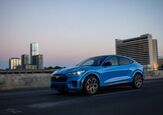
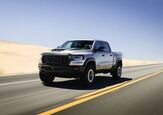
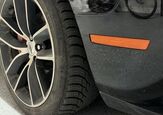

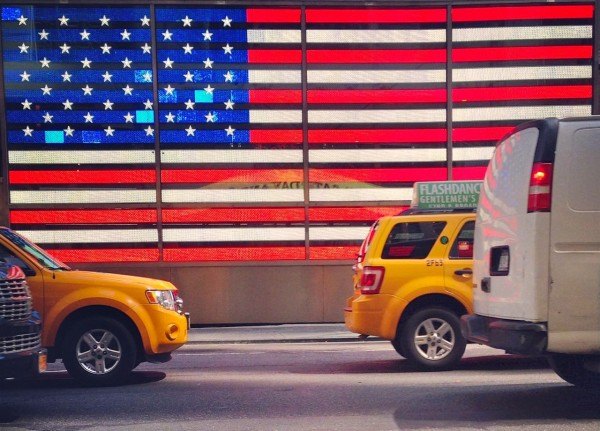































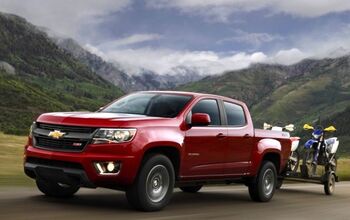
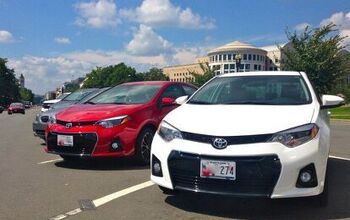
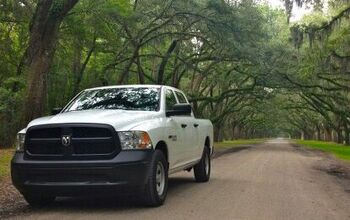
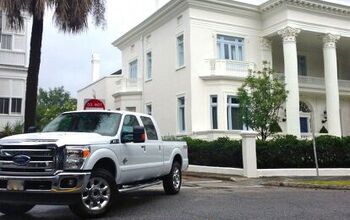
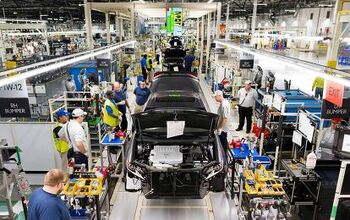
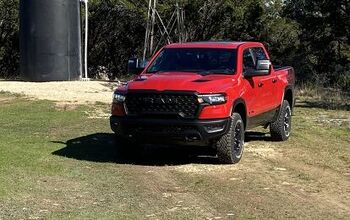
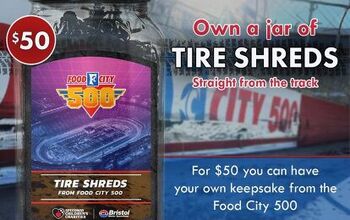
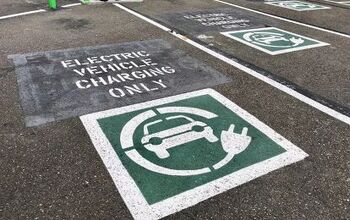
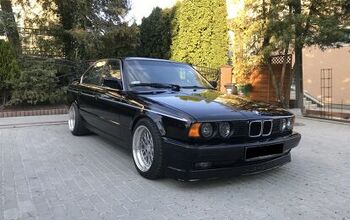
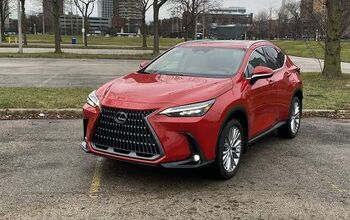
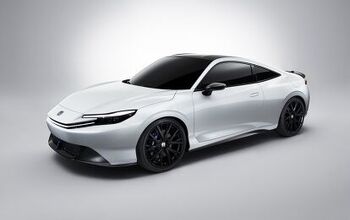

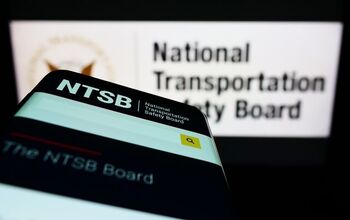
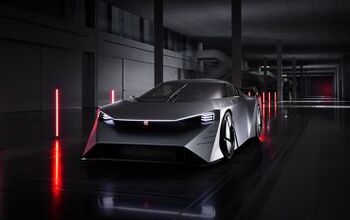
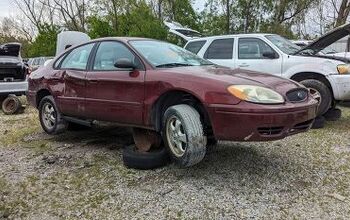
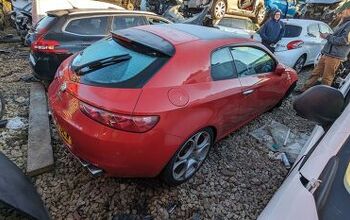
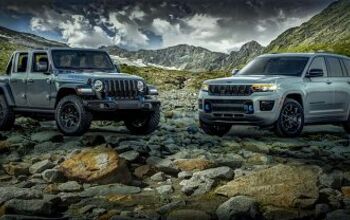
Comments
Join the conversation
"I spotted all generations of MKS and MKT with its trademark extravagant back lights in surprisingly high numbers." I'm sure that most of them are livery vehicles. It's not a typical US city, given its high dependence upon public transportation and almost complete absence of affordable parking.
Willing to bet most of those vehicles (such as the Fusion and the Cherokee you photographed) are rentals. No dealer plate frames, no dealer badges, and some bar code stickers on the window should tell you it's a rental. This is why I'm so against taking off the dealer badging (no matter how horrible the experience); I don't want the car to look like a rental! Nice gallery, but I'm not a fan of cities, especially ones up north. As ghetto and run down as Atlanta may be, I still enjoy it, mainly because it's my local big city. But even the metro area has some places I don't like.